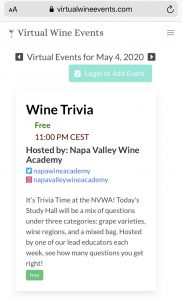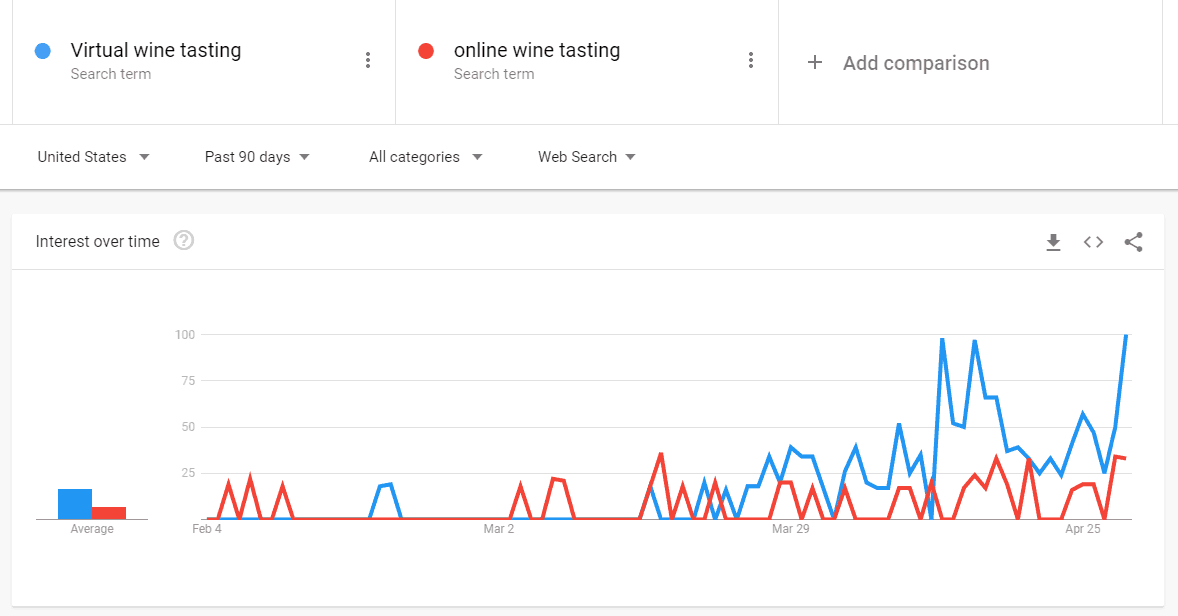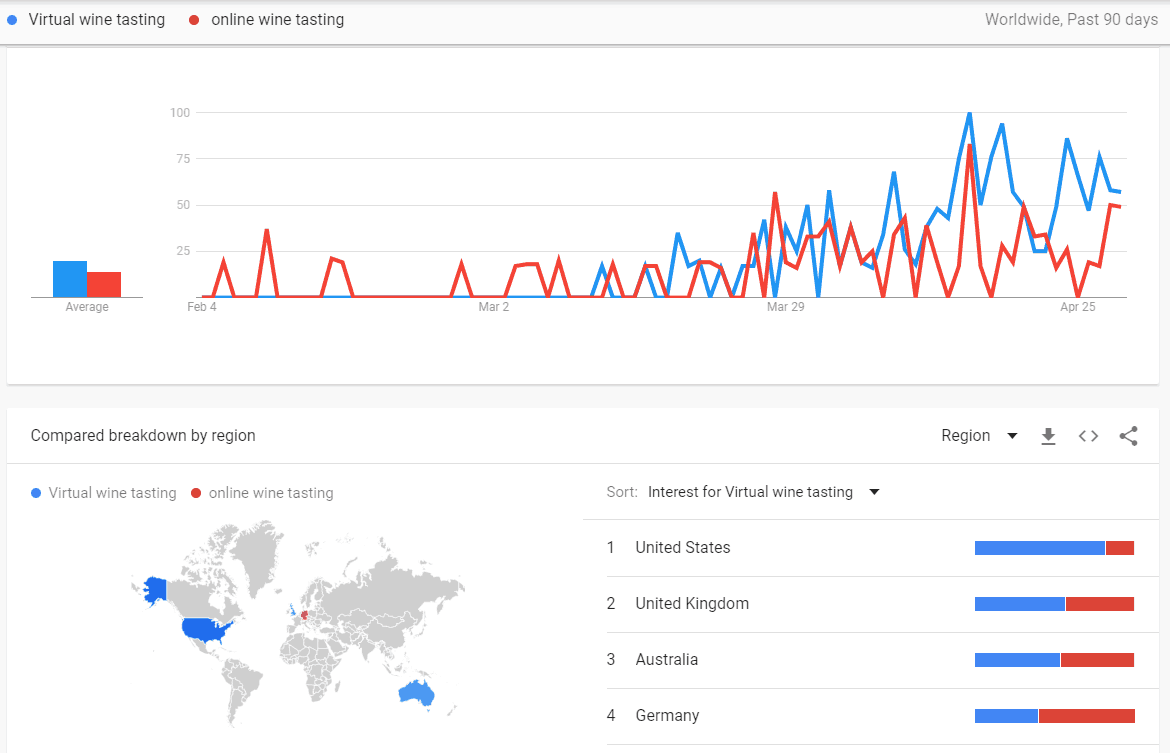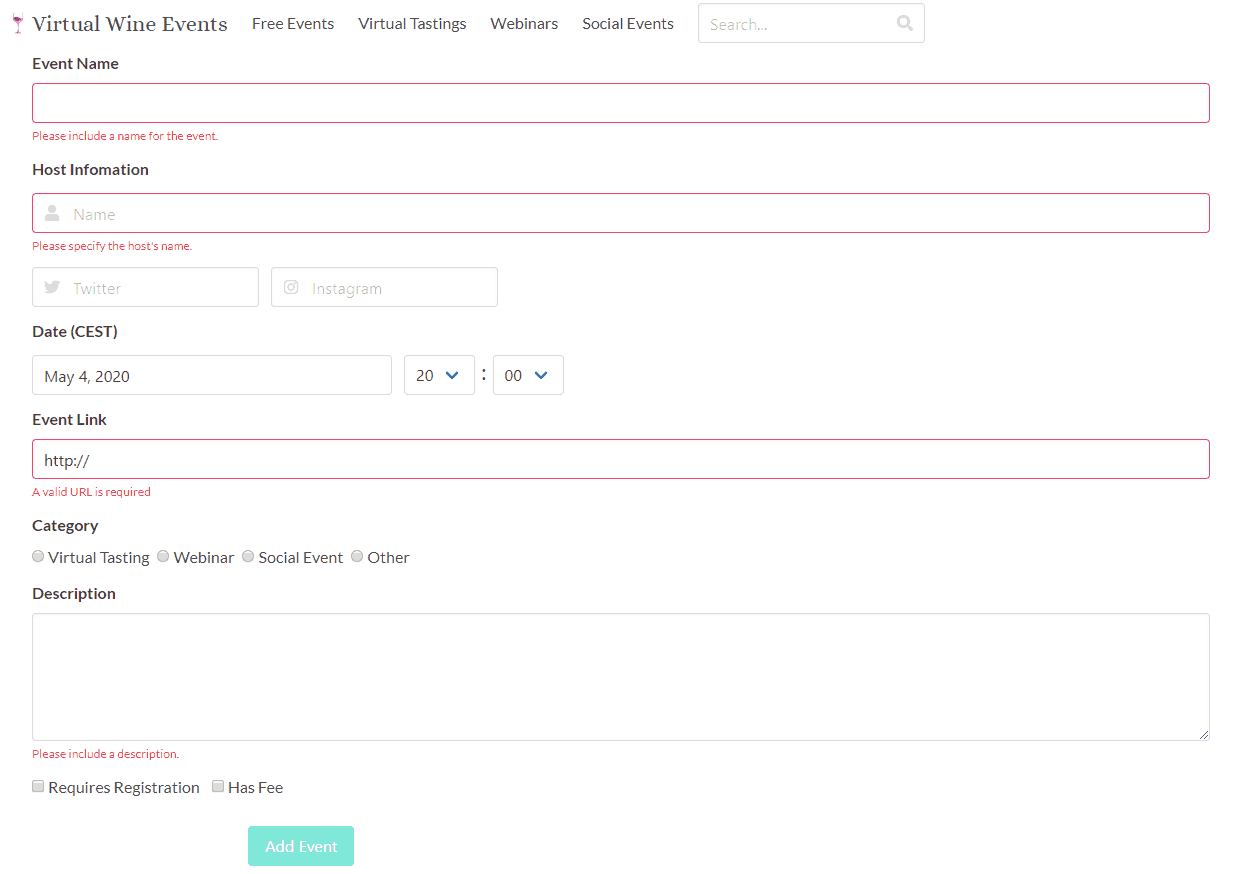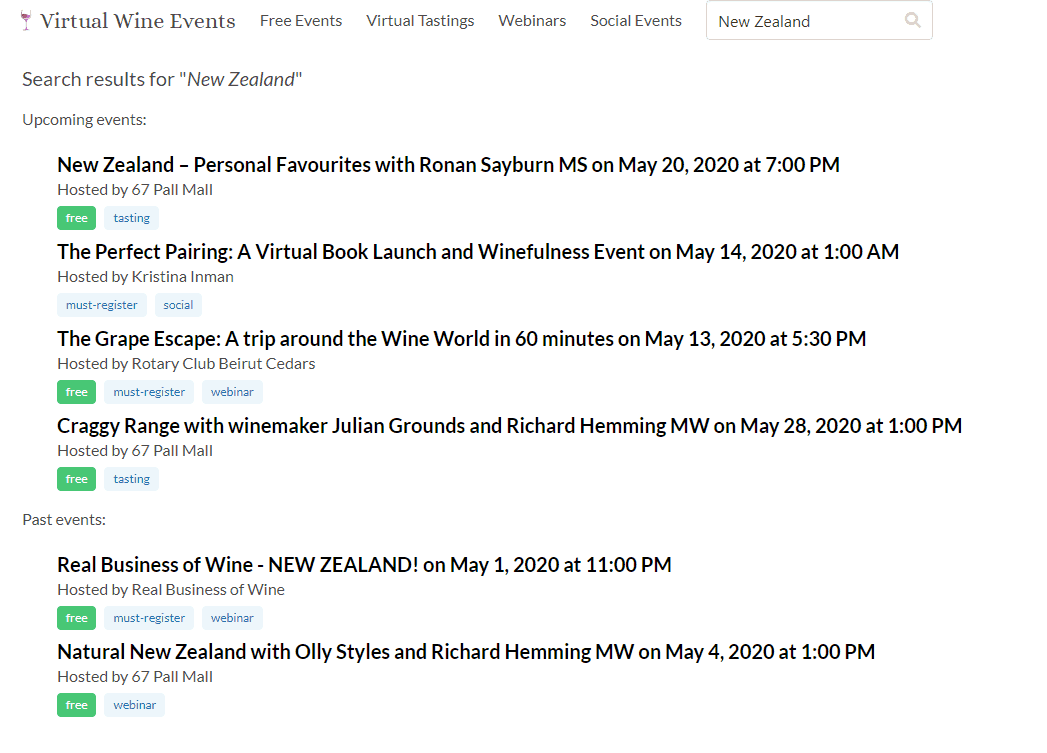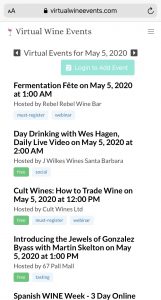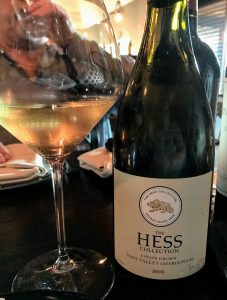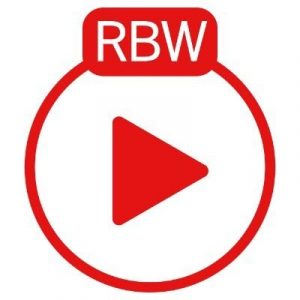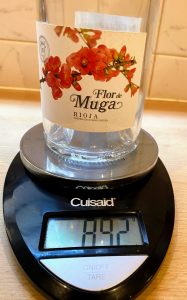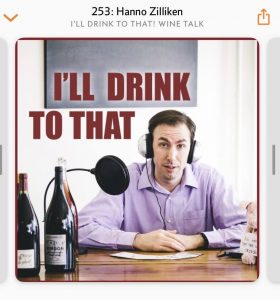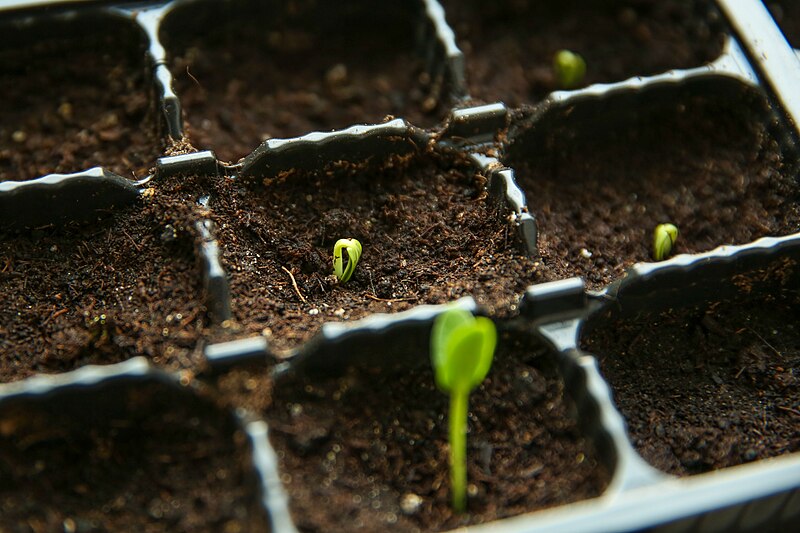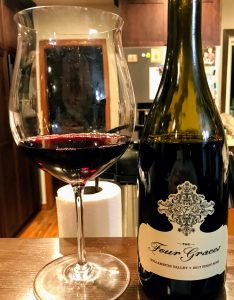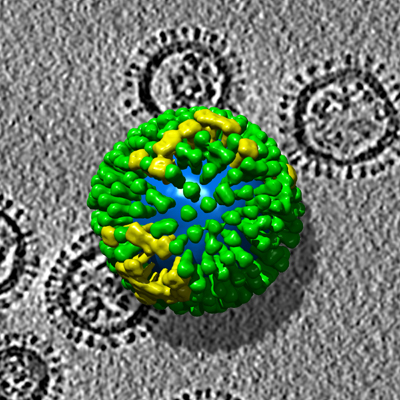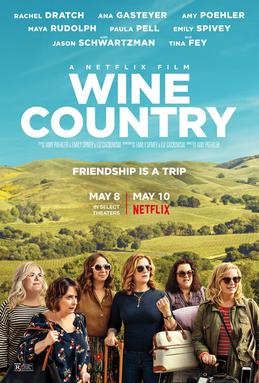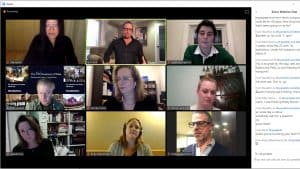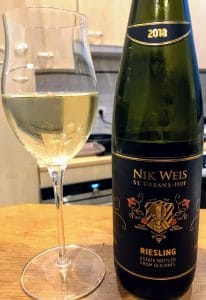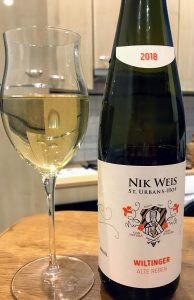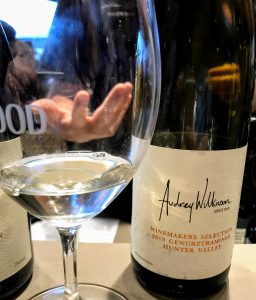Since the launch of VirtualWineEvents.com, I’ve been stunned by the response. Even though the site has only been live for a few days, we’re going to hit more than 100,000 pages read by the end of today. We’ve haven’t even climbed to the top of Google search rankings yet. So nearly all of this is coming from word of mouth. However, the big driver behind the “pages read” number is that once users are on the site, they’re spending several minutes visiting multiple pages and clicking on events.

Now, of course, there is some novelty at play. But as I noted in my last post, there’s no reason to think that audiences for online wine events are going to vanish as soon as things get “back to normal.” The horse has left the barn.
Every day, as consumers become more familiar with using Zoom and checking in on Instagram and Facebook Live events, new habits are being formed. While we all can’t wait to get the heck out of our house, eventually, the novelty of that will wear off too. Though (hopefully) quarantine-life won’t return, a new normal is already emerging. One that certainly involves more digital tools than it did before.
The fascinating thing about putting together VirtualWineEvents.com, as well as attending numerous online wine events myself, has been seeing the different approaches to these events.
Some have been very creative such as Peltier Winery in Lodi hosting “Wine and Comedy” shows featuring their winemaker with a professional comedian. Or Tinte Cellars in Woodinville doing Facebook takeovers with local musicians. Other wineries, shops and entrepreneurs are hosting cooking events, yoga, pajama parties, painting classes and even tasting parties centered around solving murder mysteries.
People are having fun, creating worthwhile and engaging events–taking advantage of digital platforms that give their brands a larger reach.
And then there are the folks who are thinking small.
While a lot of wineries are doing fantastic jobs focusing on retention and taking care of their wine club members with personal, one-on-one virtual wine tastings. Far too many wineries are limiting themselves to the same formula. Take a look at the listings on Virtual Wine Events or just Google and take a gander at Facebook event postings. You’ll see the same script.
Hey, we set up a special virtual wine tasting pack for you to enjoy. Order by _______ and we’ll get it sent to you in time for our next event on ________.
These events, in and of themselves, aren’t bad. Every winery should be doing them periodically to generate revenue. But the over-reliance on them, and making them the sole expression of their digital strategy, introduces the same problems that make the traditional tasting-room model unsustainable. You’re fishing from a small pond stocked with fish that likely already know your brand. You’re just playing catch and release.
Meanwhile, you have a whole digital stream of wine lovers spawning and flowing right past–and you’re not even casting a line.
Online wine events are brand-building bonanzas.
They allow consumers a chance to discover a brand without having to invest much commitment–just a little time. I don’t need to already be familiar with a winery in order to be intrigued by an engaging topic for a virtual event. Such as Pearl Morissette Estate Winery in Ontario talking about Cabernet Franc in the Niagara or Laird Family Estate’s Clone Wars. If it sounds interesting, I’ll check it out even if I don’t have the wine. If it ends up being boring, I can just leave. No biggie. It’s even more painless to drop in and out of IG or FB Live events.
That ease makes me more willing to check out news brands. For wine consumers, that low bar of commitment offered by digital is GOLD. It frees us to be adventurous because the barrier of entry is far lower than say, visiting a tasting room.
So why squander that gold by basically treating virtual wine events as tasting room visits?
Have you ever stopped to think about what wineries ask of consumers under that traditional tasting room model? How much of a commitment they’re counting on, just to discover a new brand? Let’s say someone has never heard of or knows very little about a winery, to get them interested in buying wine we expect them to commit:
Time
Planning
Travel
Money
…to come visit a tasting room, try the wines, hear the spiel and so on. All this, just to get to know your brand. You’re asking quite a bit, even for local consumers, much less of consumers in other markets. And this is just looking at it from a pure, self-interest consumer POV. We’re not even considering environmental concerns that will also diminish people’s motivation to travel across the country or oceans.
Now with the traditional VT script, the travel commitment is removed. However, wineries are still asking a commitment of time, planning and money upfront. Again, all this, just to get to know them and figure out if they’re a brand worth paying attention to.
No wonder so many wineries are fishing in a small pond.
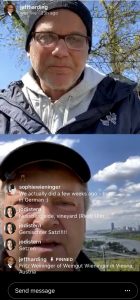
Jeff Harding, the Beverage Director at The Waverly Inn in New York, has been doing some great IG Live events with winemakers out in the vineyards.
To really buy-in to all the opportunities that digital offers, wineries need to think beyond the tasting room. Yes, the wine club and personal one-on-one virtual tastings are great. They can convey intimacy and personal attention, which will surely pay dividends. But that should just be one aspect of a broader digital strategy.
To maximize the massive potential of online wine events, wineries need to look beyond the pond. They need to expand the scope beyond just “Hey, let’s taste some of our wines–which we hope you already have!” Instead, they should be using these virtual events to show us the vibe and personality of the brand. Consumers want to know if wineries share their values and if they’re just plain likable or interesting.
These digital platforms are opening up new streams of consumers from across the globe and bringing them closer than ever to wineries.
Now is the time to be thinking big and casting lines.

